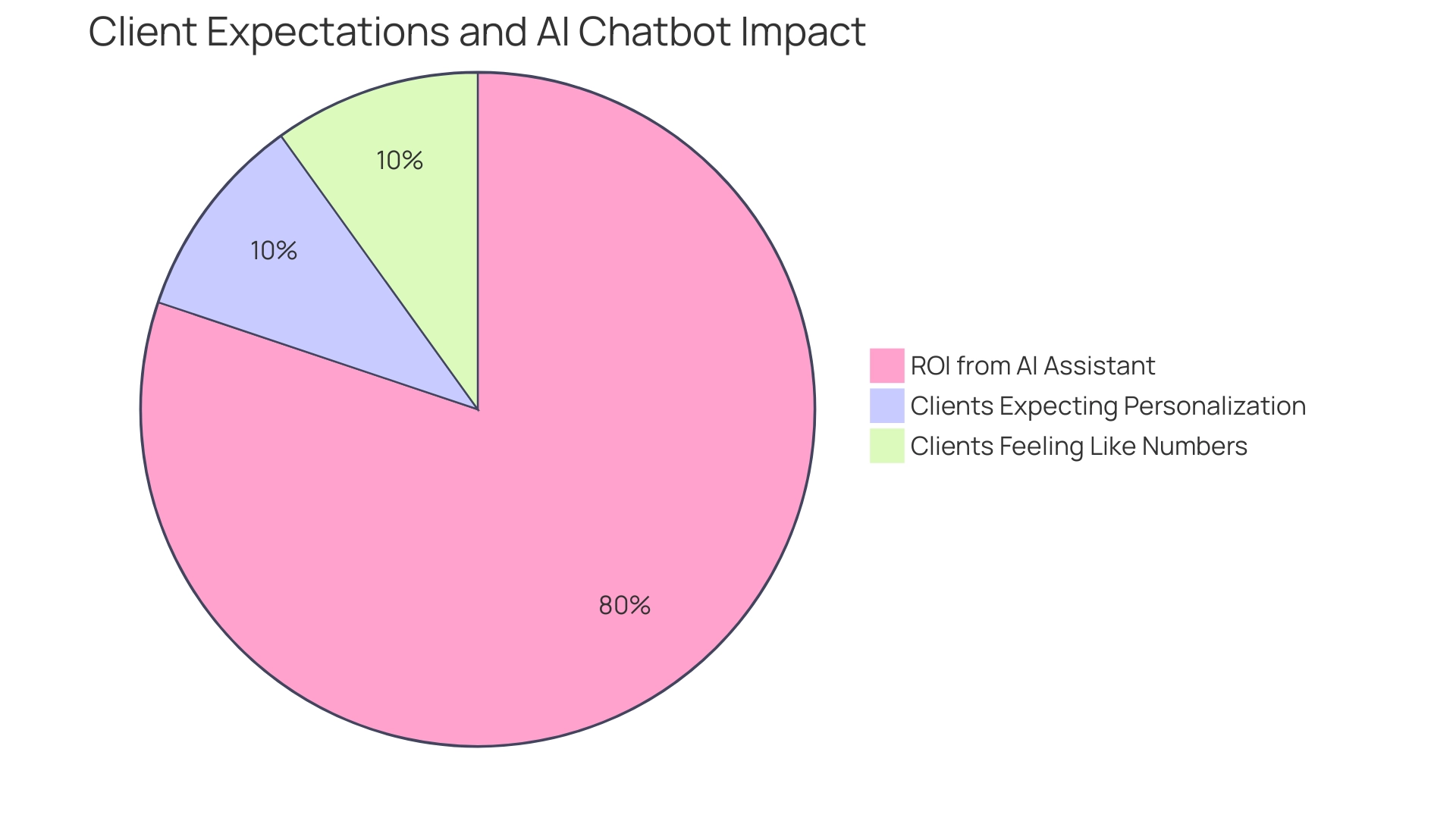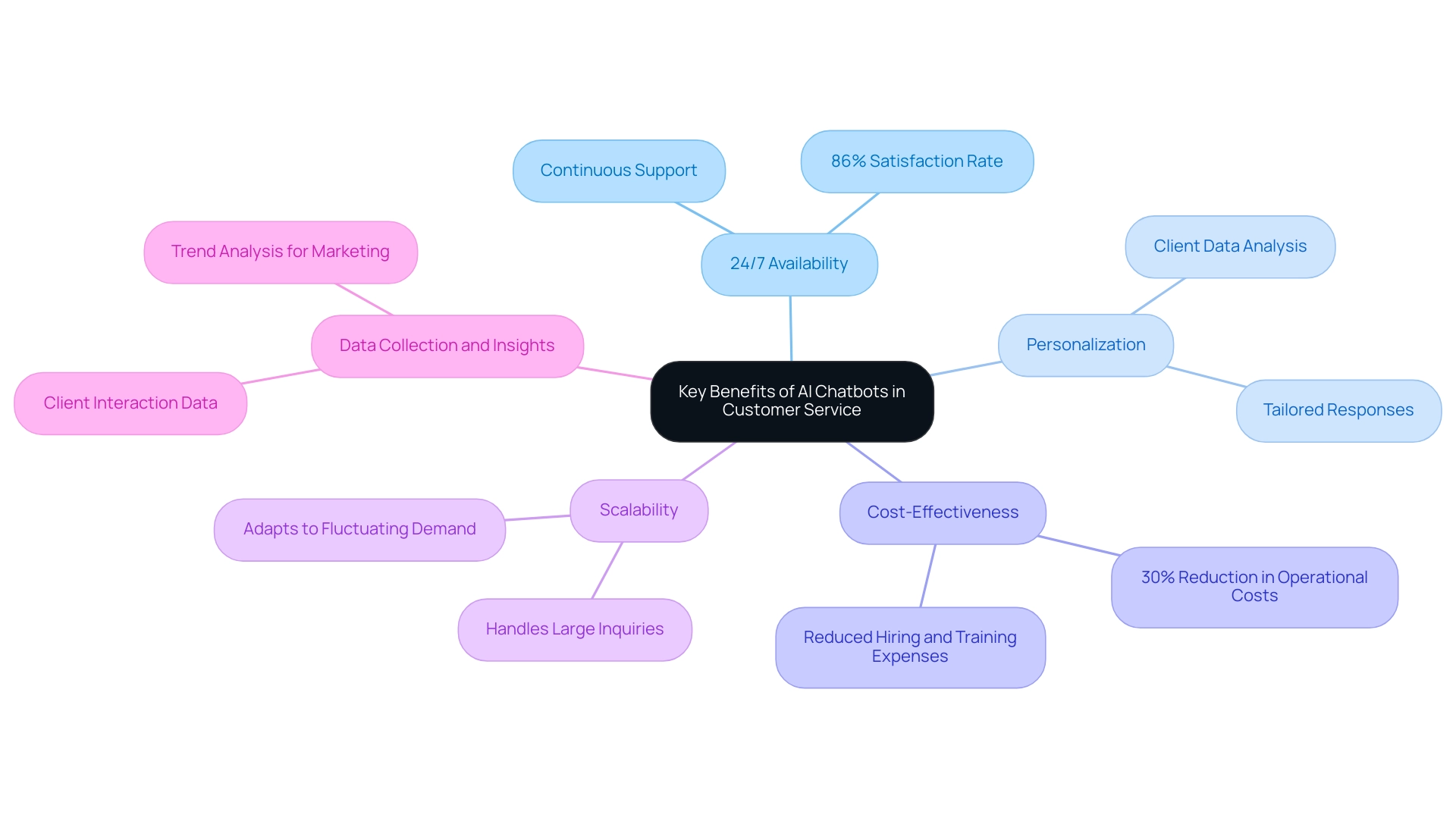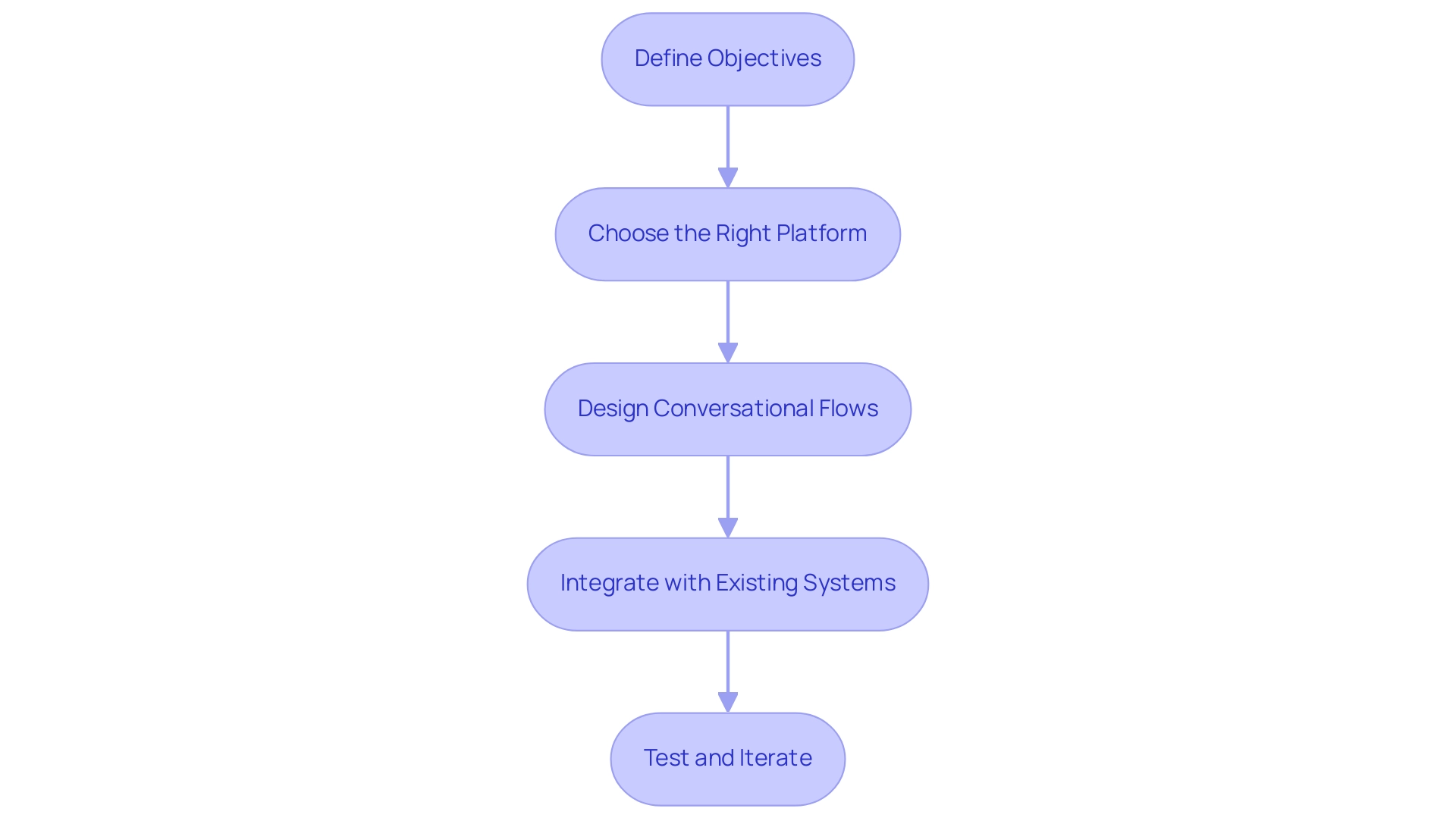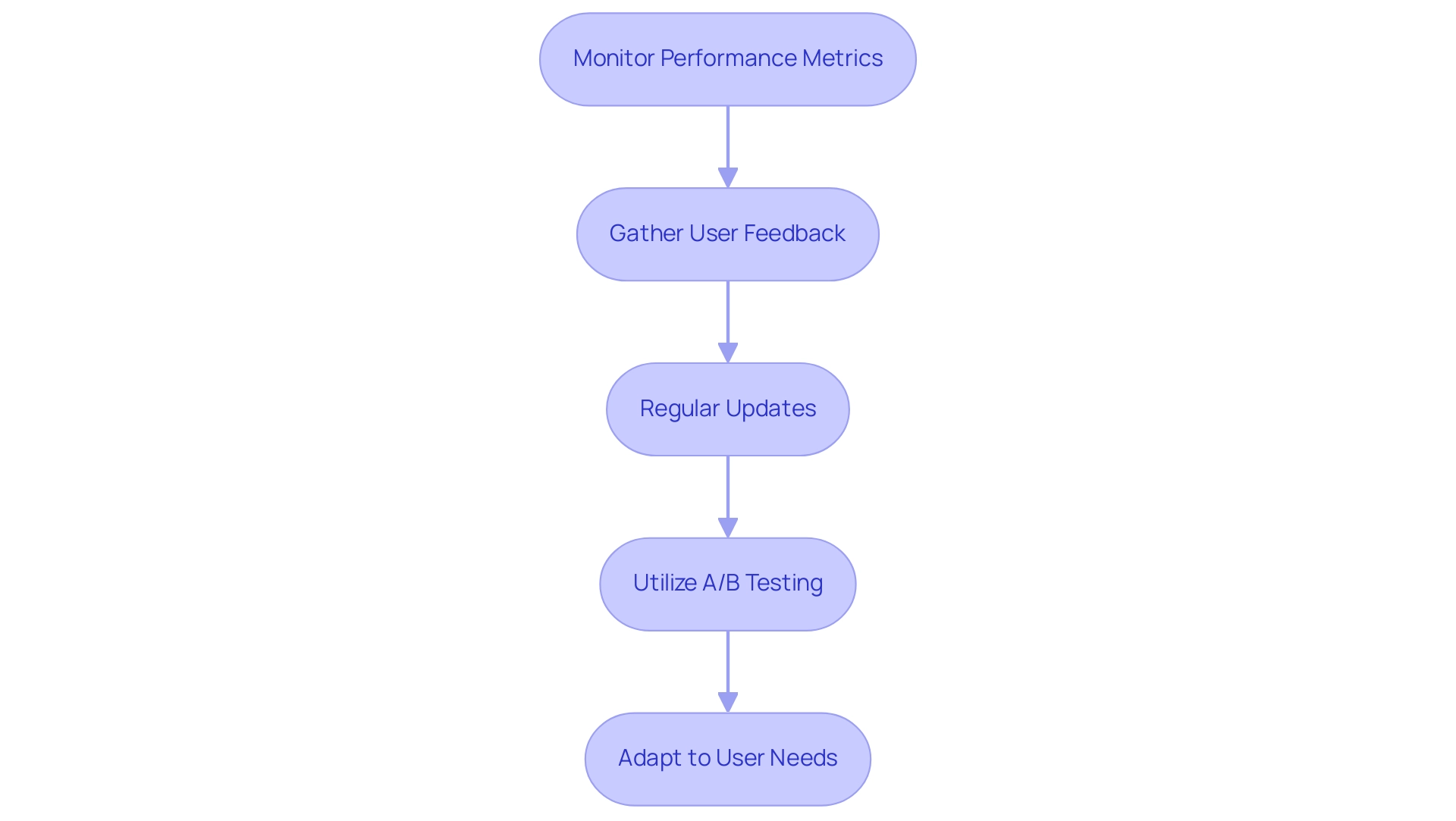Introduction
In the rapidly evolving landscape of customer service, AI chatbots have emerged as transformative agents, redefining how businesses engage with their clientele. By harnessing advanced natural language processing and machine learning technologies, these intelligent systems not only simulate human-like conversations but also streamline operations, enhance personalization, and boost overall customer satisfaction. As organizations navigate the complexities of modern consumer expectations, the integration of AI chatbots presents a powerful opportunity to elevate service standards and drive revenue growth.
This article delves into the multifaceted benefits of AI chatbots, offering a comprehensive guide on their implementation and optimization to ensure businesses remain competitive in an increasingly automated world.
Understanding AI Chatbots: Transforming Customer Interactions
Modern AI chatbots have transformed how businesses engage with their clients by simulating human conversation through messaging platforms, websites, and mobile applications. These intelligent agents utilize advanced natural language processing (NLP) and machine learning (ML) algorithms to comprehend and respond to inquiries in real-time, significantly enhancing the service experience.
Statistics from a 2020 Salesforce report reveal that:
1. 66% of clients expect companies to understand their unique needs.
2. An equal percentage feel they are generally treated like numbers.
This gap indicates a substantial opportunity for AI systems to personalize interactions and enhance customer satisfaction rates. For instance, the Barking & Dagenham council achieved an impressive 533% return on investment within just nine months of launching an AI assistant, underscoring the financial benefits of these technologies.
Moreover, case studies illustrate the tangible impact AI conversational agents can have on sales. Online stores that implemented automated messaging systems saw a median order value increase of about 20% within the first week, demonstrating the potential of these tools to not only enhance service but also drive revenue growth. These real-world instances demonstrate the transformational abilities of AI conversational agents in client interactions.
As of 2024, the landscape of AI conversational agents continues to evolve, with recent advancements in NLP that allow these systems to understand and process human language more accurately than ever before. Experts recommend that the incorporation of AI conversational agents into service frameworks not only delivers instant replies but also decreases wait times and offers round-the-clock assistance, thereby enhancing the overall client experience. This evolution is critical, as businesses that fail to adapt may find themselves at a competitive disadvantage in an increasingly automated market.
In summary, the integration of AI conversational agents represents a significant opportunity for businesses to enhance client satisfaction, drive sales growth, and improve operational efficiencies. By leveraging these advanced technologies, companies can ensure they meet the evolving expectations of their clients in a dynamic digital landscape.

Key Benefits of Implementing AI Chatbots in Customer Service
Implementing AI chatbots in customer service offers a multitude of advantages that enhance operational efficiency and customer satisfaction:
-
24/7 Availability: AI chatbots operate continuously, ensuring that inquiries are addressed at any hour. This constant availability significantly boosts satisfaction, as evidenced by a satisfaction rate of 86% in live chat interactions. As highlighted by industry specialists, 'The ability to provide support around the clock is a game-changer for client engagement.'
-
Personalization: Utilizing advanced algorithms, AI virtual assistants can analyze client data to provide tailored responses. This tailored interaction enhances the overall client experience by addressing individual preferences and needs.
-
Cost-Effectiveness: Automating routine support tasks with AI assistants leads to significant cost reductions. Businesses can reduce expenses related to hiring, training, and maintaining a large service workforce, enabling more efficient allocation of resources. According to a recent report, companies implementing AI solutions saw a 30% reduction in operational costs.
-
Scalability: AI conversational agents excel at managing large numbers of inquiries at once, making them perfect for businesses experiencing fluctuating client demand. This scalability ensures that all client queries are managed effectively without overwhelming the support team.
-
Data Collection and Insights: AI conversational agents gather valuable information on client interactions, preferences, and feedback. This information is instrumental in analyzing trends and refining marketing strategies, leading to more informed business decisions.
In summary, integrating AI conversational agents into service frameworks not only enhances satisfaction and personalization but also drives cost savings, scalability, and valuable data insights. As the industry evolves, businesses that leverage these technologies will be well-positioned to enhance customer engagement and satisfaction.

Implementing AI Chatbots: A Step-by-Step Approach
To implement AI chatbots successfully, follow these steps:
-
Define Objectives: Start by identifying the primary purpose of the automated assistant. Is it to handle FAQs, assist in sales, or provide technical support? Clear objectives will guide its development and ensure it meets specific business needs. As highlighted by industry leaders, the defining time for Generative AI is now, with significant implications for application and governance.
-
Choose the Right Platform: Selecting the appropriate messaging platform is crucial. Consider factors such as ease of integration, customization options, and ongoing support. With 86% of CEOs expecting AI to help maintain or grow their revenue in the coming years, it is vital to choose a platform that aligns with your strategic goals. Popular platforms for 2024 include IBM Watson, Google Dialogflow, and Microsoft Bot Framework, known for their robust features and scalability.
-
Design Conversational Flows: Map out the conversation paths the chatbot will follow. Utilize frequent client queries to create flows that address these inquiries effectively. This step is essential for creating a seamless client experience, as noted by Jane Cummins, Head of Strategy & Change at AIB: 'Achieve your full potential with AI-driven CX.'
-
Integrate with Existing Systems: Ensure the virtual assistant can connect to your Customer Relationship Management (CRM) system, email, or other tools for seamless operations. Integration is essential for delivering a cohesive and efficient offering, as demonstrated in case studies where companies effectively improved their client interaction abilities through successful system integration.
-
Test and Iterate: Before launching, conduct rigorous testing to ensure the virtual assistant functions as intended. Gather feedback from users and make necessary adjustments for improvement. The Q1 report on Governance and Risk in Generative AI underscores the importance of iterative testing to manage risks and realize value.
By following these steps, businesses can leverage AI-powered chatbots to enhance service and e-commerce engagement, ultimately driving growth and satisfaction.

Optimizing AI Chatbots: Testing, Feedback, and Continuous Improvement
To ensure your AI chatbot remains effective, it is crucial to focus on continuous optimization through the following best practices:
-
Monitor Performance Metrics: Consistently analyze interactions by tracking key performance indicators such as response time, client satisfaction scores, and resolution rates. Performance metrics for AI conversational agents in 2024 should also include engagement levels and conversion rates, as these provide a comprehensive view of the agent’s effectiveness. For example, some sectors have reported automated conversation conversion rates reaching up to 70%, highlighting the potential for substantial client engagement and enhanced sales conversions.
-
Gather User Feedback: Implement robust feedback mechanisms within the conversational interface to capture user experiences and suggestions for improvement. User feedback is vital for identifying pain points and areas for enhancement. Statistics indicate that 70% of clients favor giving feedback via automated systems, emphasizing the significance of this input for enhancing the performance of these tools. According to Daria Ritter, a marketer at Dashly.io, one-third of AI startup founders believe that chatbots will be the most popular technology for clients in the next five years, emphasizing the need for continuous improvement driven by user input.
-
Regular Updates: Keep the virtual assistant’s knowledge base updated with the latest information, services, and FAQs to reflect any changes in your business offerings. This guarantees that the virtual assistant offers precise and pertinent replies, thereby enhancing client satisfaction and confidence, which are vital for retaining patrons in a competitive e-commerce environment.
-
Utilize A/B Testing: Experiment with different conversation flows and responses through A/B testing to determine which approaches yield better engagement and satisfaction. This data-driven approach enables fine-tuning interactions to improve performance and user experience, ultimately resulting in higher retention rates and conversion success.
-
Adapt to User Needs: As customer preferences evolve, ensure the virtual assistant adapts accordingly. Regularly review analytics to identify emerging trends and adjust the virtual assistant’s functionality to meet changing demands. Case studies in the SaaS sector have shown that optimizing chatbot interactions can lead to conversion rates as high as 70%, demonstrating the value of staying attuned to user needs and preferences.
By implementing these strategies, businesses can continuously refine their AI chatbots, leading to enhanced customer service, increased satisfaction, and higher engagement levels.

Conclusion
The integration of AI chatbots into customer service is not merely a trend; it represents a pivotal shift in how businesses engage with their clients. By enhancing operational efficiency, ensuring 24/7 availability, and delivering personalized interactions, AI chatbots significantly boost customer satisfaction and drive sales growth. The statistics and case studies presented throughout this article highlight the tangible benefits that organizations can reap from adopting these advanced technologies.
Moreover, the successful implementation of AI chatbots requires a strategic approach, including defining clear objectives, selecting the appropriate platform, and continuously optimizing performance through feedback and data analysis. As businesses embrace these intelligent systems, they position themselves to not only meet but exceed the evolving expectations of today's consumers.
In an increasingly automated market, the ability to leverage AI chatbots effectively will be a key differentiator for organizations striving to maintain a competitive edge. Embracing this technology is not just a choice; it is essential for future success in delivering exceptional customer experiences and driving sustainable growth.





